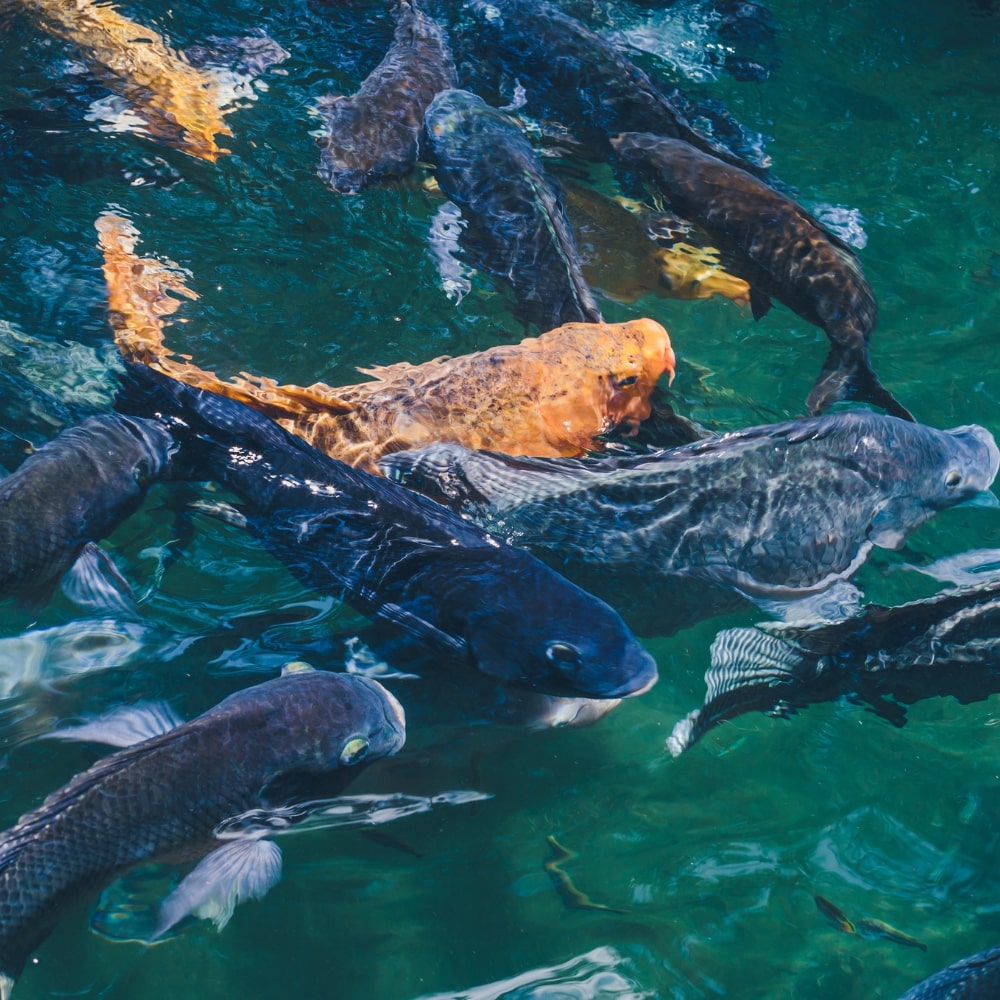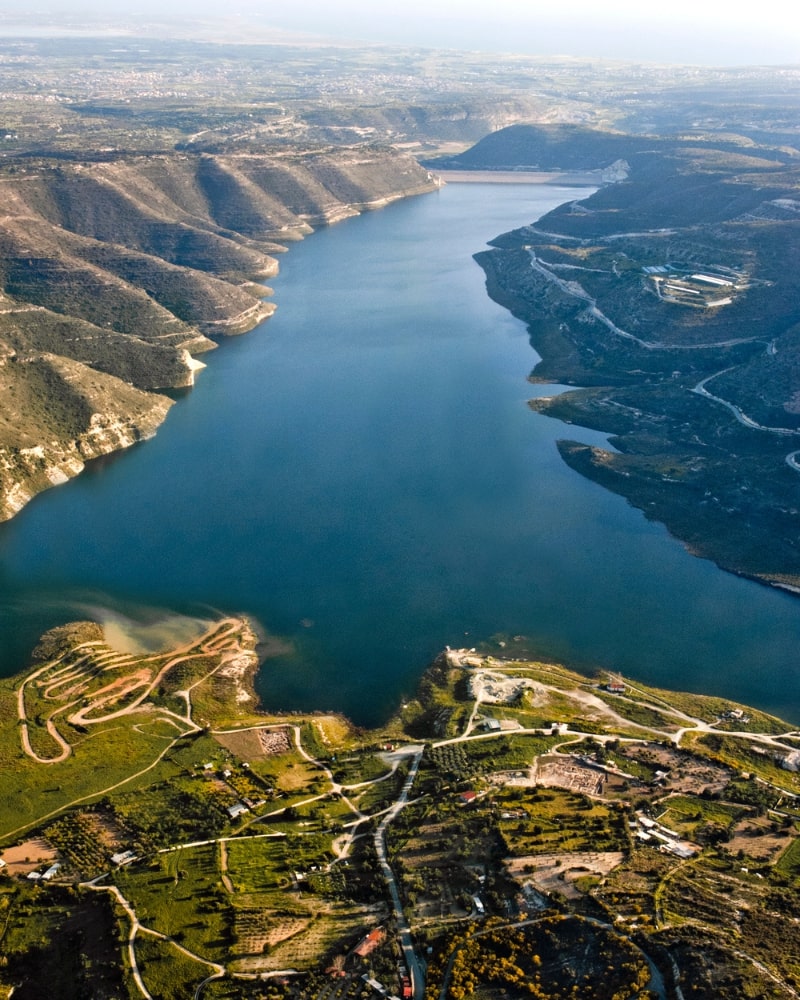
All living beings have an ideal condition that they thrive in. Be it hot, cold, or somewhere in the middle, this is important for them to survive, even if they can and do live in changing conditions. The same is true for the wild Atlantic salmon. Spending most of their lives in the cold water found in the ocean, once of age, these fish tend to venture towards freshwater rivers. Here, they encounter a challenge in the form of warmer waters.
Atlantic Salmon Lifecycle & Temperature Challenges
Mostly living in cool waters, Atlantic salmon are born in rivers. They stay in the ocean waters till the time they mature sexually. At this point, they retreat to their birthplace for spawning.
With the ideal temperature of water for them being between 43-72°F, the Atlantic salmon can be seen struggling in warmer waters. While even in these conditions they can survive for short periods, too much heat can lead to them becoming stressed and eventually dying.
Finding a Solution
Researchers in Nova Scotia, Canada, took this issue up and tried giving the fish a level of relief. Led by Kathryn Smith, a Dalhousie University civil engineer, these researchers did this through artificially built chilly plumes or additional cold areas in the Wrights River.

These ‘thermal refuges’ that help them cool off are essentially chilly patches of river water on the way upstream. Generally occurring naturally, these thermal refuges take place when groundwater springs let cool water enter the stream.
Research Approaches
This research breaks new ground as earlier research was centered mainly around counting and saving natural thermal refuges and not building new ones. The research team brought about two approaches to making thermal refuges.

The first one, being an active approach, involved pumping 48°F water into the river from a municipal well, reaching a total temperature of 86°F. Then thermal probes, underwater cameras, and drone thermal mapping were used to monitor changes. The second approach, the passive one, included the rerouting of river water through underground trenches.
Findings
The findings of the first approach revealed that the well water infusion brought the surrounding temperature down to as much as 36°F from the initial temperature.
The second approach resulted in the lowering of the temperature when the water got back to the river as some of the heat had been shed into the soil and it had had some relief from sun exposure.